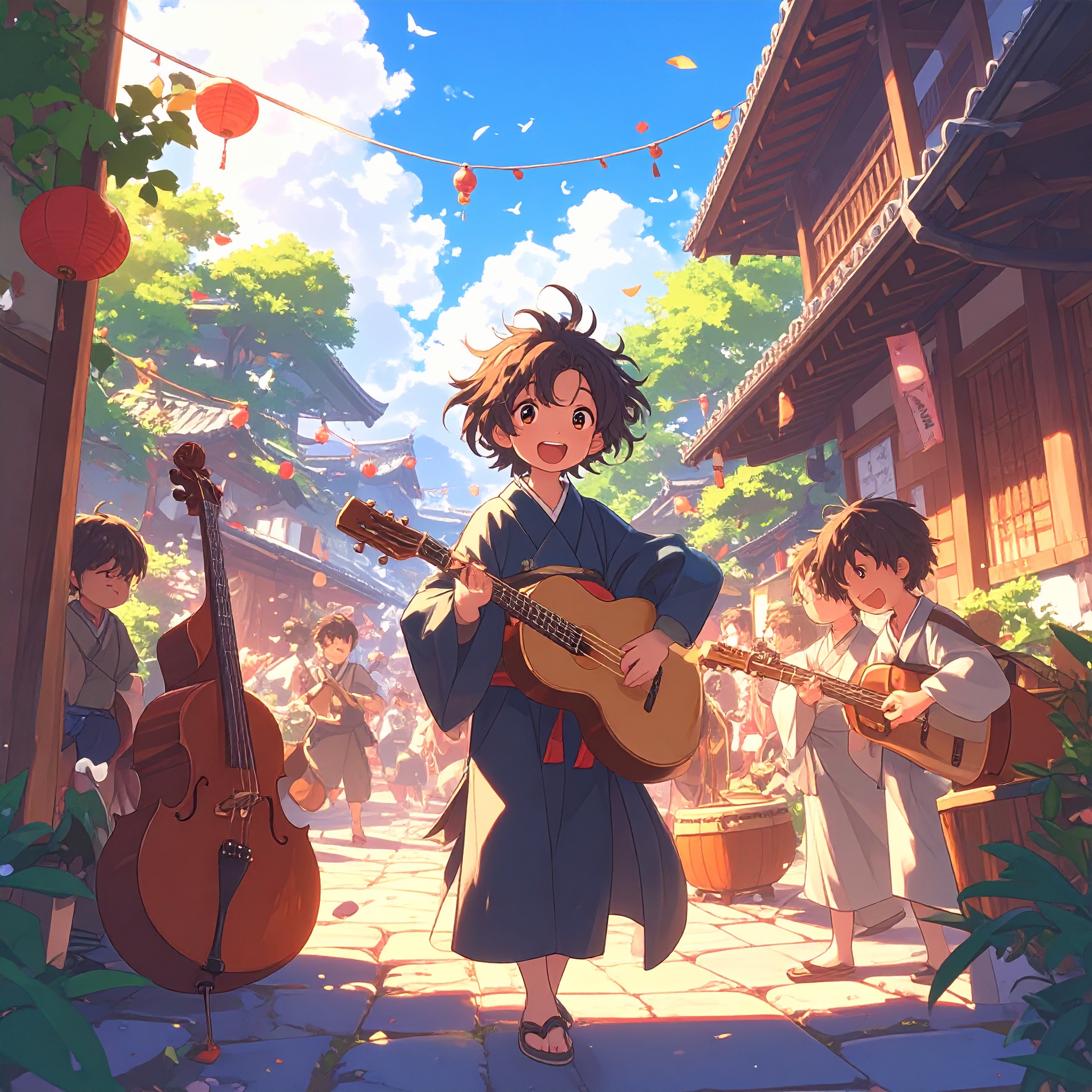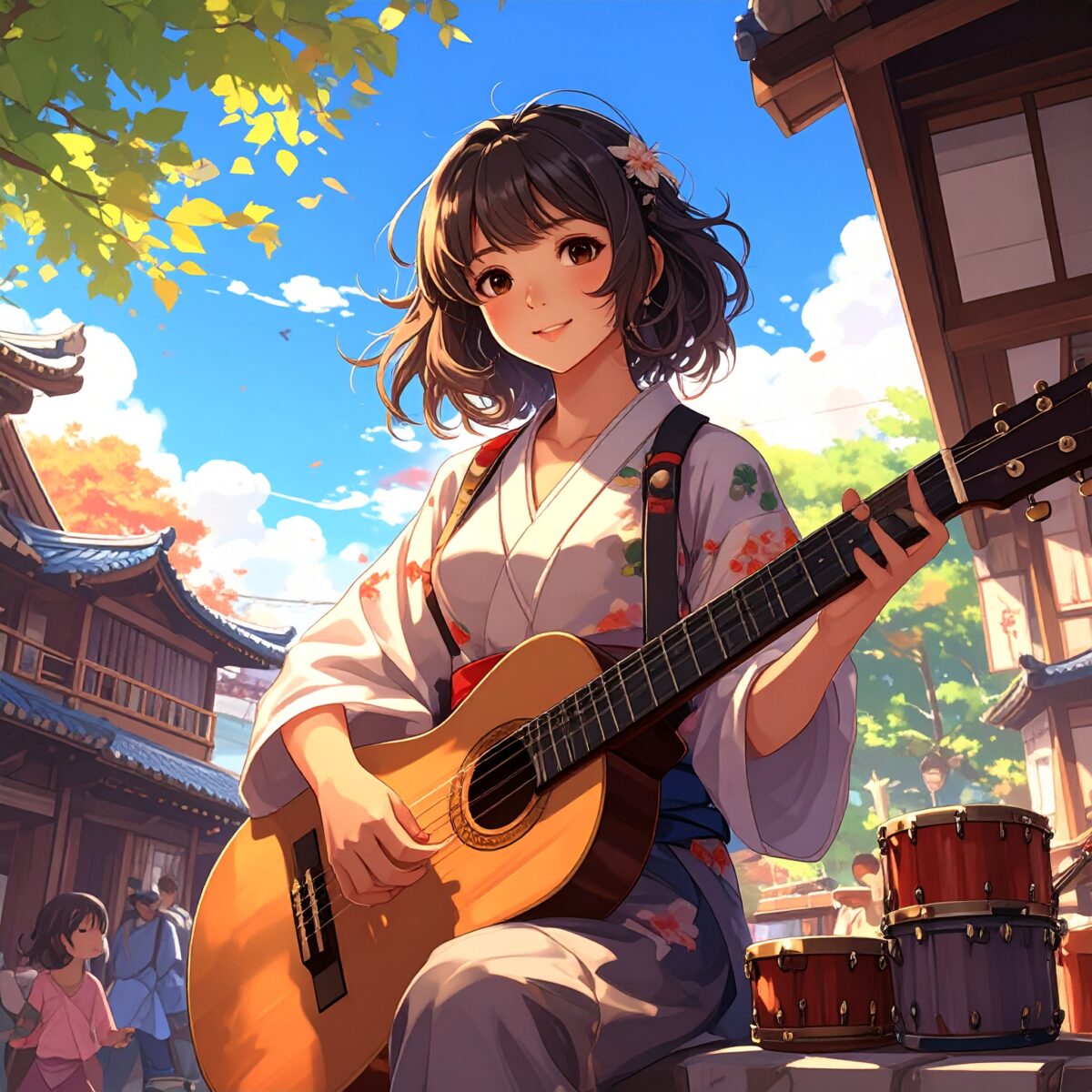As you travel through Japan, the sounds you encounter can be just as moving as the sights and flavors. The chime of bells echoing through a shrine, the soft tinkling of wind chimes in the summer breeze—these are all part of Japan’s unique culture of sound. A hands-on experience with traditional Japanese instruments offers a deeper way to connect with this auditory world.
Wagakki, or traditional Japanese instruments, include the shamisen (three-stringed lute), shakuhachi (bamboo flute), koto (zither), and taiko (drums). Each produces a distinctive tone—resonant, lingering, and rich with cultural depth that modern instruments often lack. The chance to touch and play these instruments offers a more immersive cultural encounter than simply observing them in a museum.
Many programs begin with an introduction to the history and materials of the instruments. For example, the shamisen was once made with cat or dog skin, while koto strings were traditionally woven from silk—each material choice reflecting Japanese aesthetics and values. Participants are then guided through how to properly hold and play the instruments. The moment you produce your own sound—simple yet rich—is quietly profound.
Taiko drumming is especially popular. Using your whole body to produce rhythm is both energizing and cathartic. Playing in rhythm with others creates a connection that transcends language and background. In quieter sessions, such as those with the koto or flute, the act of focusing on tone and breath has a calming, almost meditative effect.

For children, traditional Japanese instruments offer a playful and engaging entry point into cultural discovery. Whether striking a large taiko drum or making gentle sounds with small bells or flutes, kids naturally become attuned to the unique rhythms and sonic beauty of Japan. Some workshops even include group performances using handmade instruments or allow children to create their own and take them home—a souvenir filled with sound and memory.
These auditory experiences reveal cultural layers that cannot be seen or tasted. Unlike Western scales, wagakki often follow distinct tonal systems. Their subtle fluctuations, moments of silence, and lingering notes reflect a uniquely Japanese sense of timing and space. By simply listening, participants begin to grasp the cultural importance of ma—the pause, the space between sounds—that shapes so much of Japanese art and life.
These music sessions are held in a variety of quintessentially Japanese venues, from traditional homes and cultural halls to actual performing stages. The atmosphere is often warm and welcoming, with close interaction between musicians and participants. Even without a shared language, communication flows through sound, rhythm, and gesture—showcasing the universal power of music.
To experience sound during a journey is to connect with the soul of a place and its people. A hands-on wagakki session is more than just music—it’s a moment to touch the emotions and spirit woven into Japan’s soundscape. Whether it’s the quiet resonance of the koto or the bold beat of the taiko, every note carries the memory of its land and tradition. Creating those sounds with your own hands turns this cultural encounter into a lasting memory—one that echoes long after the journey ends.




